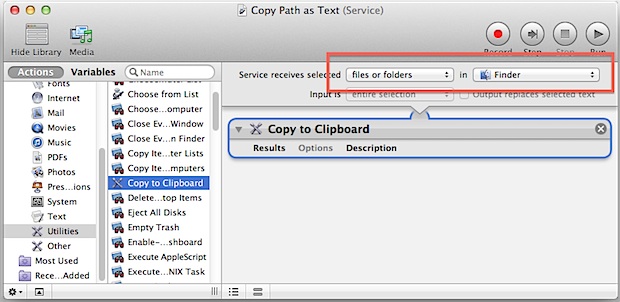

The mode is usually the string 'r' to open text input (this is the default mode), 'w' to create and open open for text output. Here the filename is mydir/myfile.txt, and the next argument is a processing mode. The open() function takes a filename as an argument. To open a file, we use built-in open() function: The os.stat() function also returns the size of a file, in the st_size property. This file was last modified on Feb 2, 2013, at around 9:12 PM. The time.localtime() function converts a time value from seconds-since-the-Epoch (from the st_mtime property returned from the os.stat() function) into a more useful structure of year, month, day, hour, minute, second, and so on. It contains functions to convert between different time representations, format time values into strings, and fiddle with timezones. The time module is part of the Python standard library.

Actually, it's the number of seconds since the Epoch, which is defined as the first second of January 1st, 1970. st_mtime is the modification time, but it's in a format that isn't terribly useful. Tm_min=12, tm_sec=35, tm_wday=5, tm_yday=33, tm_isdst=0)Ĭalling the os.stat() function returns an object that contains several different types of metadata about the file. We don't need to open the file and all we need is the filename. Python provides a single API to access this metadata. We used the same technique to assign each of them to separate variables.Įvery file system stores metadata about each file: creation date, last-modified date, file size, and so on. Os.path also contains the os.path.splitext() function, which splits a filename and returns a tuple containing the filename and the file extension. The second variable, filename, receives the value of the second element of the tuple returned from the os.path.split() function, the filename. The first variable, dirname, receives the value of the first element of the tuple returned from the os.path.split() function, the file path. Each variable receives the value of the corresponding element of the returned tuple. We assign the return value of the split function into a tuple of two variables. The os.path.split() function does return multiple values. The split() function splits a full pathname and returns a tuple containing the path and filename. > (shortname, extension) = os.path.splitext(filename) > (dirname, filename) = os.path.split(pathname) Os.path also contains functions to split full pathnames, directory names, and filenames into their constituent parts. If we use "/", it tells Python that we're using absolute path, and it overrides the path before it: Note: we need to be careful about the string when we use os.path.join. The os.path.join() function can take any number of arguments. The returned path does not have a trailing slash, but the os.path.join() function doesn't mind.Ĭombining these techniques, we can easily construct pathnames for directories and files in the user's home directory.
#Python list directory contents with full path mac os#
This works on any platform where users have a home directory, including Linux, Mac OS X, and Windows. The os.path.expanduser() function will expand a pathname that uses ~ to represent the current user's home directory. Calling the os.path.join() function will add an extra slash to the pathname before joining it to the filename. In this case, it simply concatenates strings. The os.path.join() function constructs a pathname out of one or more partial pathnames. Os.path contains functions for manipulating filenames and directory names. This is one of the places where Python tries to paper over the differences between operating systems.

Note that when we called the os.chdir() function, we used a Linux-style pathname (forward slashes, no drive letter) even though we're on Windows. Then, we used the os.chdir() function to change the current working directory. If we run the Python Shell from the command line, the current working directory starts as the directory we were in when we ran python3. On Windows, this depends on where we installed Python the default directory is c:\Python32. When we run the graphical Python Shell, the current working directory starts as the directory where the Python Shell executable is. We used the os.getcwd() function to get the current working directory. There is always a current working directory, whether we're in the Python Shell, running our own Python script from the command line, etc. The current working directory is a property that Python holds in memory at all times.


 0 kommentar(er)
0 kommentar(er)
